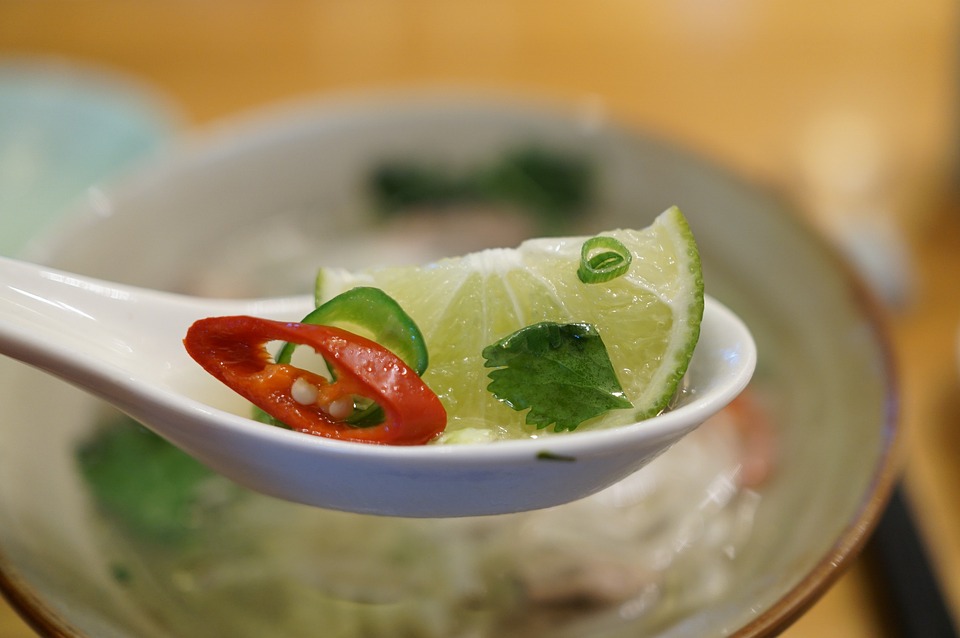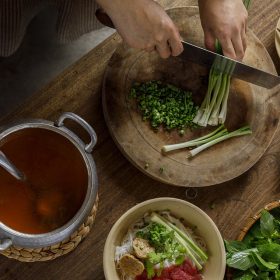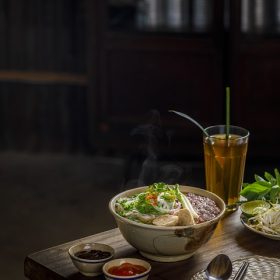Introduction
Pho is a popular Vietnamese soup made with a flavorful broth, rice noodles, and various toppings like meat, vegetables, and herbs. It is a beloved dish enjoyed by many, but for individuals on dialysis, dietary restrictions may limit their ability to consume certain foods, including pho. This article explores whether pho is a suitable option for individuals undergoing dialysis treatment.
Dietary Considerations for Dialysis Patients
Dialysis is a medical procedure that helps filter waste and excess fluid from the blood for individuals with kidney failure. As part of the treatment, patients often need to follow a specific diet to manage their condition and maintain overall health. The dietary restrictions for dialysis patients typically involve controlling the intake of certain nutrients, such as sodium, potassium, and phosphorus.
The Components of Pho
Pho consists of several components, each of which may have implications for dialysis patients:
Broth:
The broth in pho is usually made by simmering bones, meat, and various spices. While the exact nutrient composition can vary, it generally contains a moderate amount of sodium. Dialysis patients need to limit their sodium intake, as excessive sodium can lead to fluid retention and increased blood pressure.
Noodles:
The rice noodles used in pho are low in sodium and phosphorus, which makes them a suitable option for individuals on dialysis. However, portion control is essential to avoid excessive carbohydrate intake, which can affect blood sugar levels and overall nutritional balance.
Toppings:
The toppings in pho can include thinly sliced meat, usually beef or chicken, as well as bean sprouts, herbs, and lime. When it comes to protein, dialysis patients need to be mindful of portion sizes and choose lean cuts of meat to limit phosphorus and sodium intake. Bean sprouts and herbs are generally low in these nutrients and can be included in moderation.
Pho Recommendations for Dialysis Patients
Considering the dietary restrictions for dialysis patients, it is possible to enjoy pho with some modifications:
- Opt for a low-sodium broth or request less salt when ordering.
- Choose a smaller portion size to manage carbohydrate and protein intake.
- Select lean cuts of meat, such as eye round steak or chicken breast, and limit the amount to control phosphorus and sodium levels.
- Include bean sprouts and herbs in moderation to add flavor and nutrients without significantly impacting nutrient restrictions.
Conclusion
While pho can be enjoyed by individuals on dialysis, it is crucial to consider the dietary restrictions and make appropriate modifications. By choosing low-sodium options, controlling portion sizes, and being mindful of protein and phosphorus intake, dialysis patients can savor the flavors of pho while maintaining their nutritional balance and overall health.

Cuong Nguyen is a talented writer and experienced waitress at Vietnampalace.net, a renowned Vietnamese restaurant that offers an extensive menu of authentic Vietnamese cuisine. With a background in the competition of Vietnamese cuisine, Cuong brings a wealth of knowledge and expertise to the dining experience. From delicious pho dishes to fresh spring rolls, Cuong ensures that every meal is made with the freshest ingredients and authentic flavors.With exceptional service and a friendly atmosphere, Cuong takes pride in providing a memorable dining experience for every customer.
Whether you’re a vegetarian looking for options or a meat lover craving the flavors of traditional Vietnamese dishes, Cuong guarantees a delightful culinary adventure. So, visit Vietnampalace.net and let Cuong guide you through the tantalizing world of Vietnamese cuisine.



